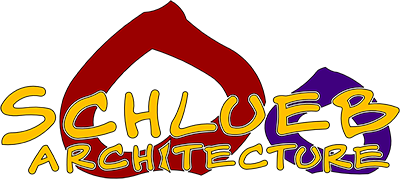This course picks up where last summer’s course, Architecture in the Modern Era, left off. Beginning in the late 1960s and reaching a peak at the turn of the millennium, postmodern architecture was a departure in many ways. Today, a decade into the 21st century, some believe architecture, as defined historically, to be dead. This course will examine four pivotal architects Peter Eisenman, Frank Gehry, Rem Koolhaas, and Zaha Hadid, tracing their architecture theories through their writings and designs, demonstrating the progression from the modern architecture of last century to the structures we occupy today.
Lecture 1: Modern to Postmodern (2017.06.30)
An overview of architecture in the Modern Era ending in the late 1960s, outlining defining concepts and principles that led to the PostModern Era beginning with the New York Five.
Download lecture slides
Download lecture handout
Download lecture notes
Lecture 2: Peter Eisenman (2017.07.07)
Analysis of deconstructed space as defined by Peter Eiseneman from 1969 to 1996.
Download lecture slides
Download lecture handout
Download lecture notes
Lecture 3: Frank Gehry (2017.07.14)
Analysis of folded space as defined by Frank Gehry from 1978 to 1999.
Download lecture slides
Download lecture handout
Download lecture notes
Lecture 4: Rem Koolhaas (2017.07.21)
Analysis of public space as defined Rem Koolhaas from 1980 to 2009.
Download lecture slides
Download lecture handout
Download lecture notes
Lecture 5: Zaha Hadid (2017.07.28)
Analysis of fluid space as defined Zaha Hadid from 1995 to 2012.
Download lecture slides
Download lecture handout
Download lecture notes







